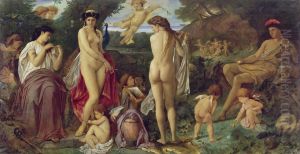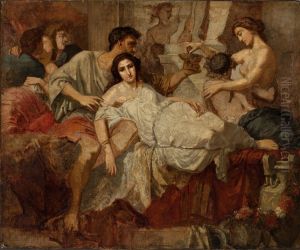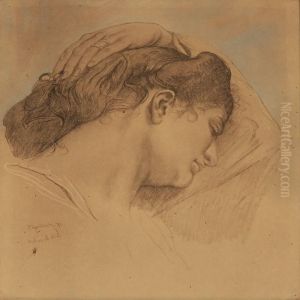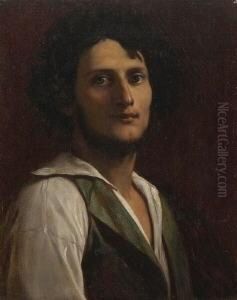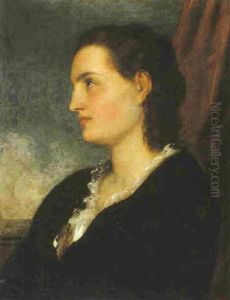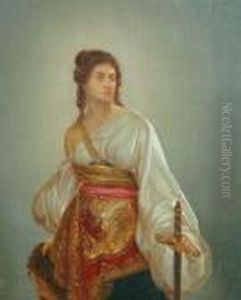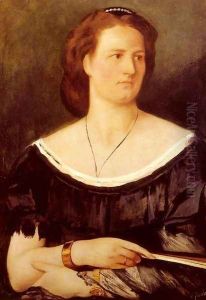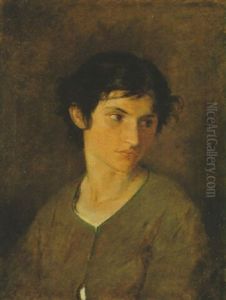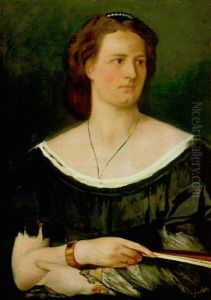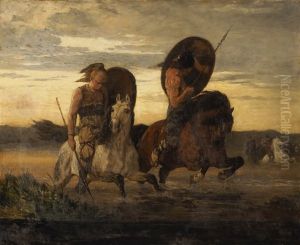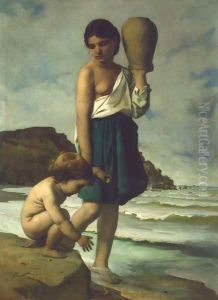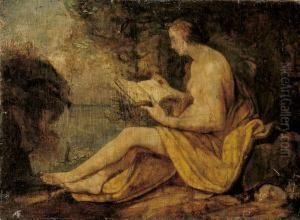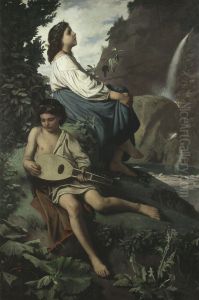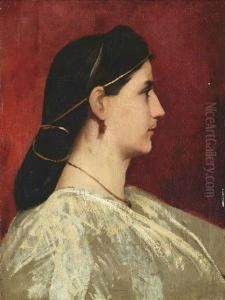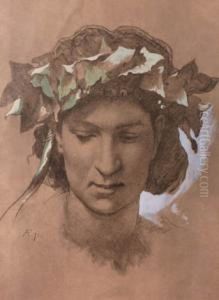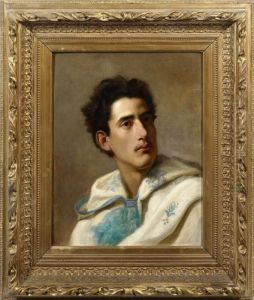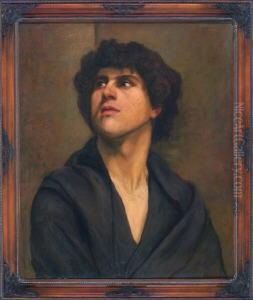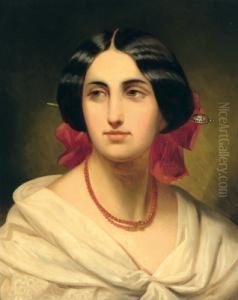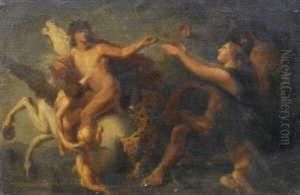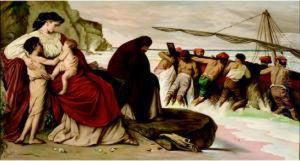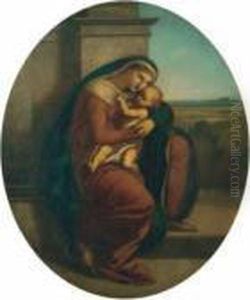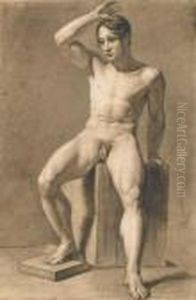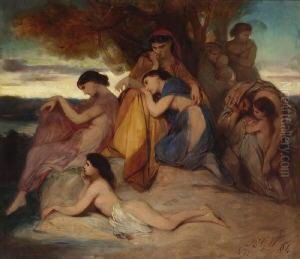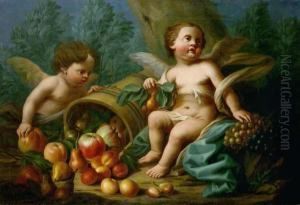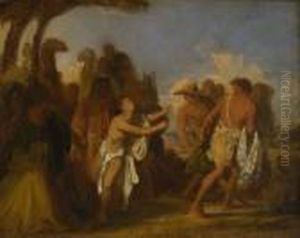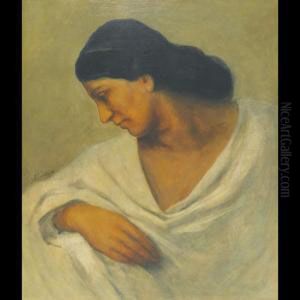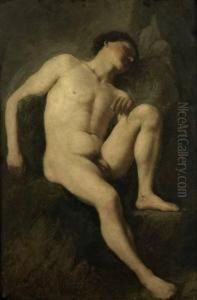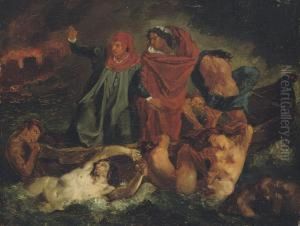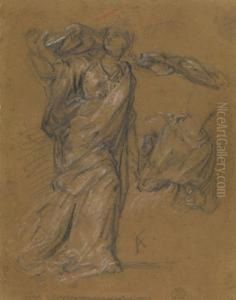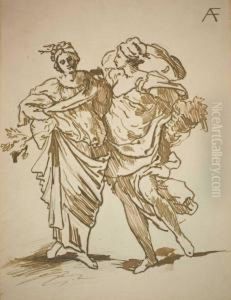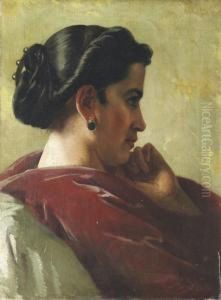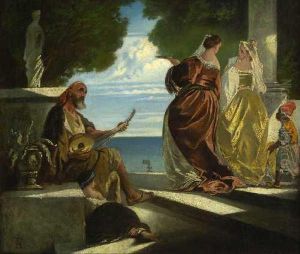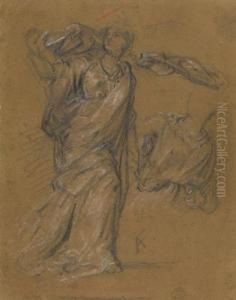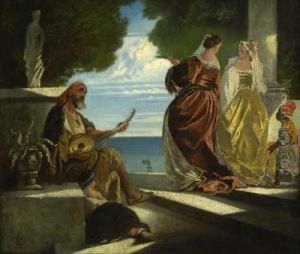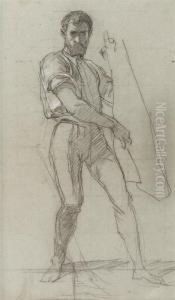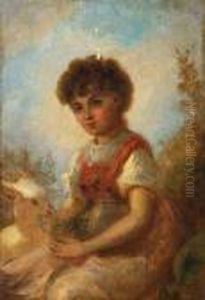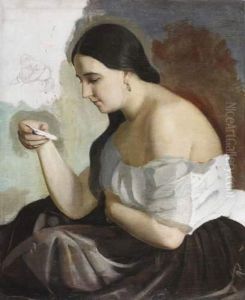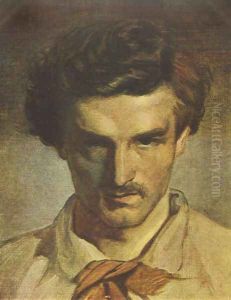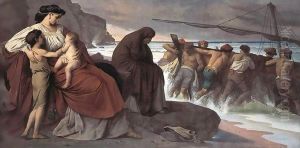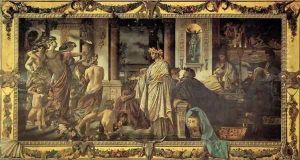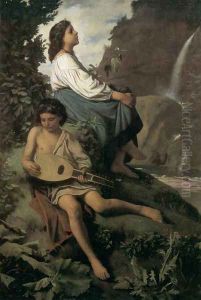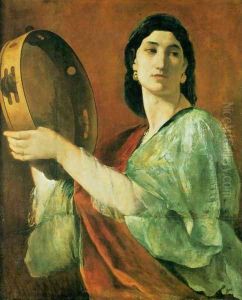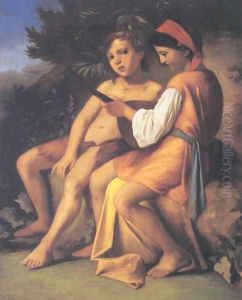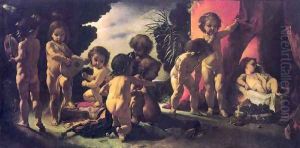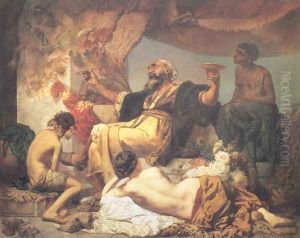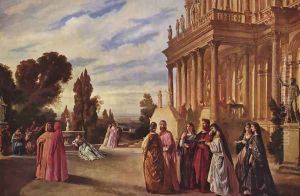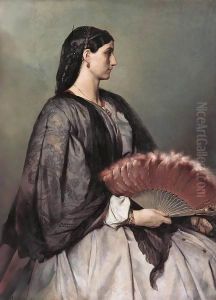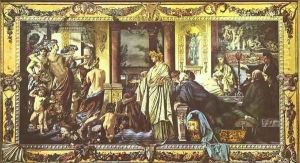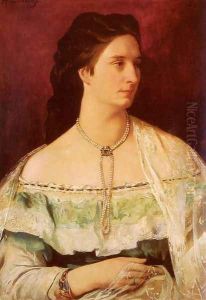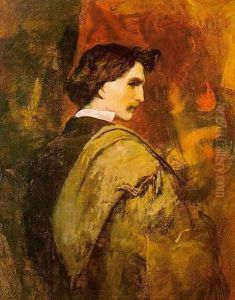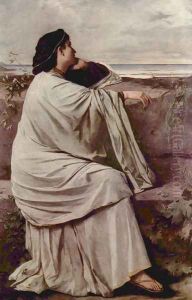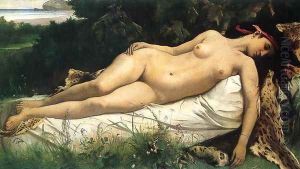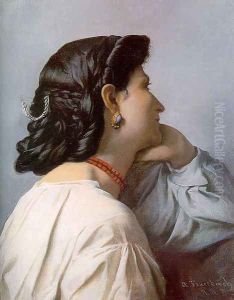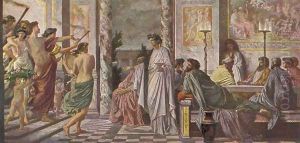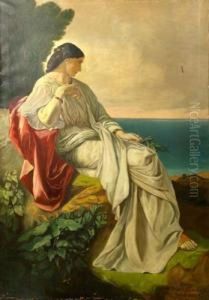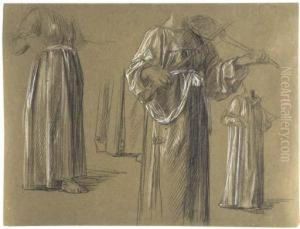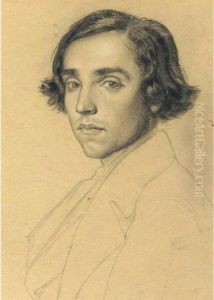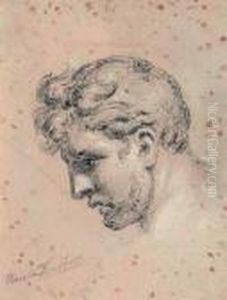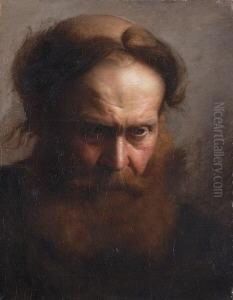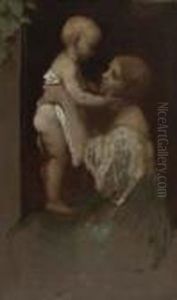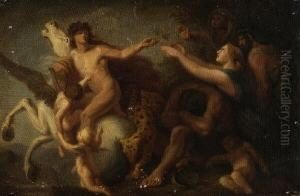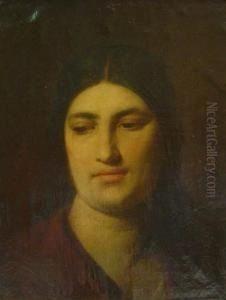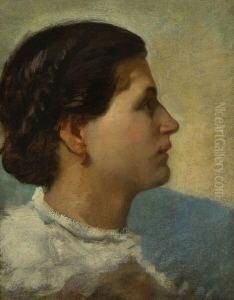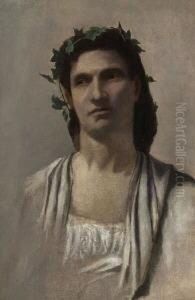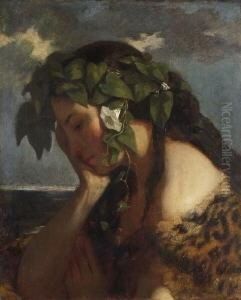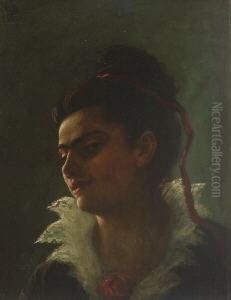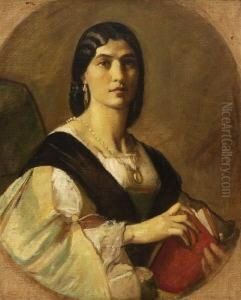Anselm Friedrich Feuerbach Paintings
Anselm Friedrich Feuerbach was a German painter and one of the leading classicist artists of the German 19th-century school. Born on September 12, 1829, in Speyer, Rhineland-Palatinate, Feuerbach was the son of a classical archaeologist, Joseph Anselm Feuerbach, and the grandson of the legal scholar Paul Johann Anselm Ritter von Feuerbach. His upbringing in an intellectually stimulating environment shaped his later works, which are often characterized by a profound classical inspiration and a strong emphasis on mythological and historical subjects.
Feuerbach demonstrated artistic talent from a young age and began his formal art education at the Düsseldorf Academy under the tutelage of Wilhelm von Schadow. Later, he moved to the Munich Academy, where he studied with Karl Theodor von Piloty, a prominent historical painter. In 1850, Feuerbach traveled to Paris, and then in 1855, he settled in Rome, which had a profound impact on his stylistic development. The Italian Renaissance, particularly the works of Raphael and Titian, influenced his approach to composition and color.
During his time in Italy, Feuerbach became associated with a group of German artists known as the 'Deutschrömer', and his work began to gain recognition. His paintings from this period, such as 'The Battle of the Amazons' and 'Hafiz at the Fountain', reflect his fascination with antiquity and the idealized human form. In 1873, he was appointed as a professor at the Vienna Academy, but his teaching career was short-lived due to his personal conflicts and the academic environment's resistance to his ideas.
Feuerbach's later works became more introspective and less focused on classical subjects. His masterpiece 'Iphigenia', reflects his mature style with its subtle interplay of colors and psychological depth. Despite his talent, Feuerbach struggled with public acceptance throughout his career. He was often at odds with the prevailing artistic tastes of his time, which favored realism and rejected the idealism that Feuerbach embraced.
Anselm Feuerbach died on January 4, 1880, in Venice. After his death, his reputation grew, and he was recognized as an important figure in the German artistic movement of the 19th century. His legacy is preserved in the numerous paintings he left behind, many of which are now housed in major museums across Germany.
